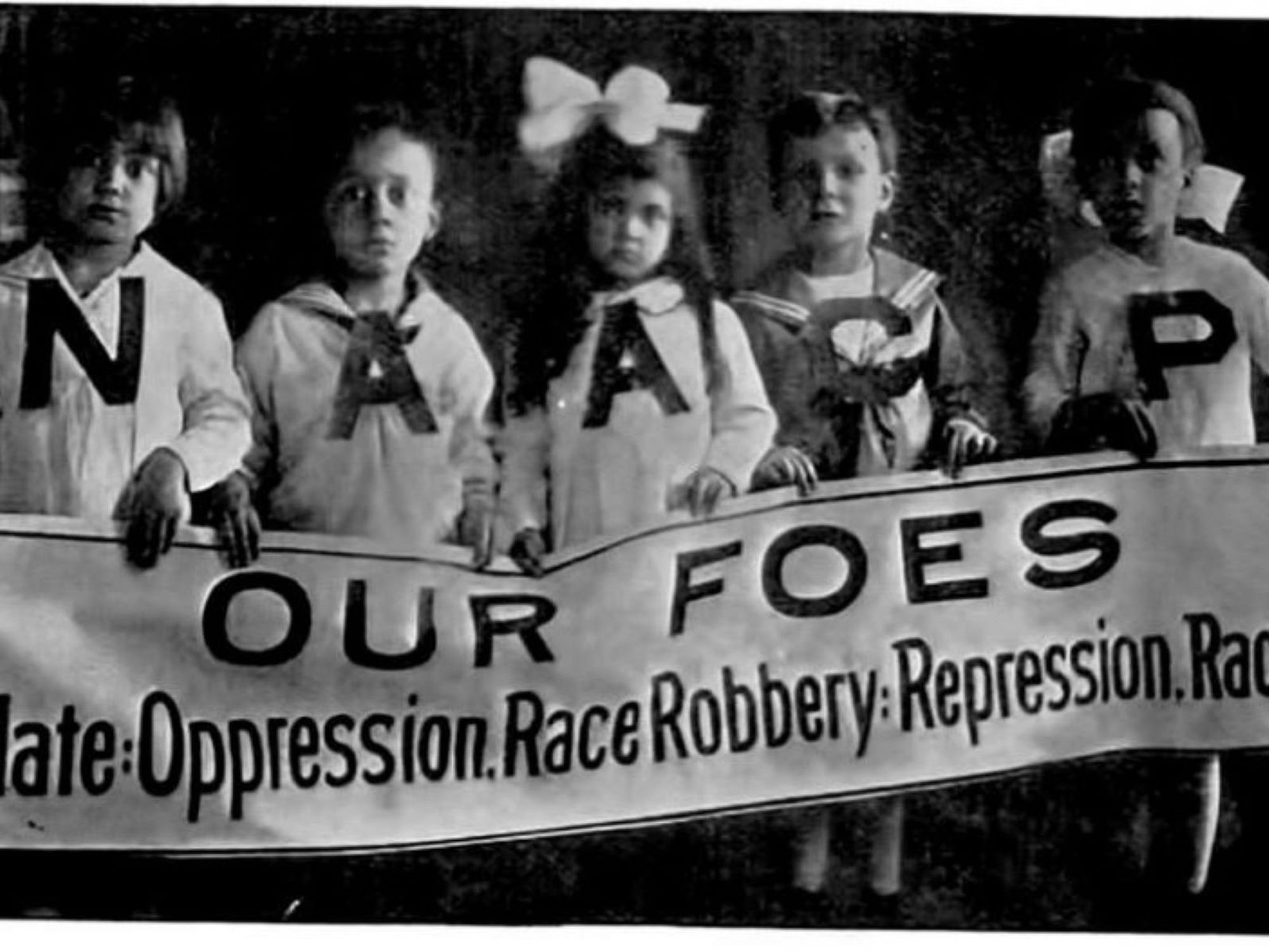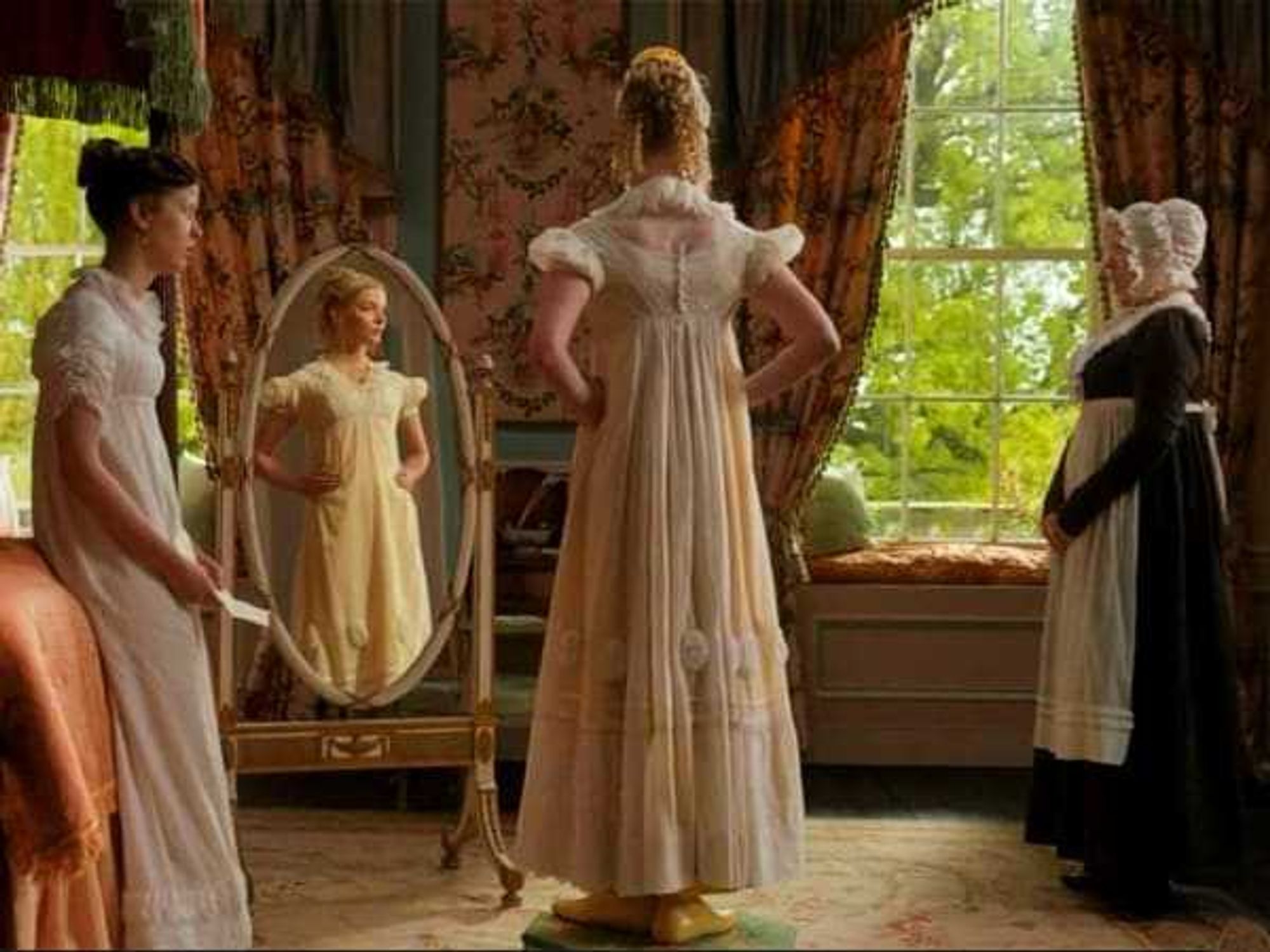Must-see exhibition
North Texas museum examines Black Americans' struggle for equality in 50 years after Civil War

Photograph of young girls from The Crisis, May 1918 (reproduction).
A groundbreaking exhibition coming to North Texas will examine hard truths about what life was like for Black Americans in the 50 years following the end of the Civil War and the emancipation of enslaved people.
"Black Citizenship in the Age of Jim Crow," organized by the New-York Historical Society, will open at the Dallas Holocaust and Human Rights Museum on July 20 and run through December 31, 2023.
“This exhibition will provide visitors with valuable insights into the difficult circumstances faced by African Americans in the post-slavery era as the nation struggled to make emancipation and true equality a reality,” says Mary Pat Higgins, DHHR Museum president and CEO, in a release.
The exhibition begins during the Civil War and proceeds through the end of World War I, taking visitors on a journey through Black Americans' advocacy for equal rights in a hostile and racist system over many decades.
A description of the exhibition in press materials reads:
By 1868, slavery had been abolished and all persons born in the United States were citizens and equal before the law. Efforts to create an interracial democracy, however, were contested from the start, and a harsh backlash ensued, ushering in the "separate but equal" age of Jim Crow during which a system of second-class citizenship and racial segregation was put in place across the nation. "Black Citizenship" concludes with an exploration of Black military service during World War I and the struggle for equality in the decades to follow.
On display will be artworks, artifacts, photographs, and media from those five tumultuous decades, which demonstrate continued relevance now.
Highlights (with descriptions provided by the museum) include:
- A portrait of Dred Scott (ca. 1857), the Missouri slave who sued for his freedom and lost after the U.S. Supreme Court ruled that no Black person, free or enslaved, could ever be a U.S. citizen.
- Slave shackles (1866), cut from the ankles of 17-year-old Mary Horn, who was held captive even after slavery was abolished the year before, until her fiancé asked for help from a Union soldier who removed the chains and married the couple.
- Uncle Ned’s School (1866), a sculpture by artist John Rogers depicting an improvised classroom created by African Americans during Reconstruction.
- A World War I toy soldier diorama featuring African American troops in the 369th Infantry Regiment known as the “Harlem Hellfighters."
- Maquette for artist Kara Walker’s Katastwóf Karavan (2017), a 2018 public sculpture installed at Algiers Point, New Orleans, featuring provocative silhouettes that depict slavery and racial stereotypes.
“I believe this exhibition will help anchor the ongoing civil rights conversation in the minds and hearts of our visitors as they take what they learn from the museum out into the world to become Upstanders in their own communities,” Higgins says.
The Dallas Holocaust and Human Rights Museum is at 300 N. Houston St., in downtown Dallas. It's open Wednesdays-Mondays, 10 am-5 pm, closed Tuesdays. (Open on the Fourth of July, however.)
Admission to the special exhibition is included with museum tickets: $19 for adults and $17 for seniors and students, with discounts available.
The DHHR Museum is participating in the Blue Star Museums initiative, which allows family members of active military to gain free entry during the summer, through Labor Day. Note, however, that the museum is not recommended for children younger than 12 years old.
